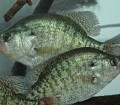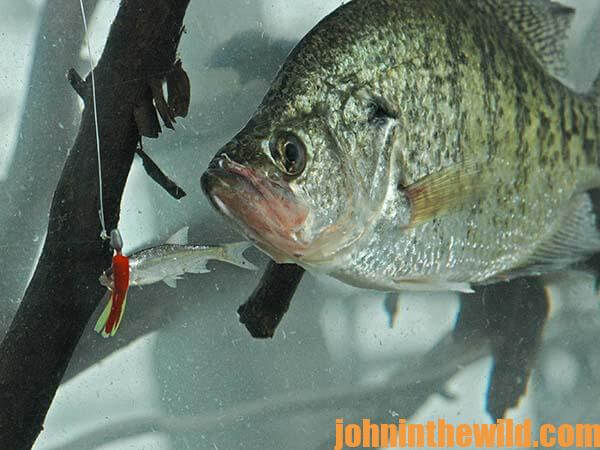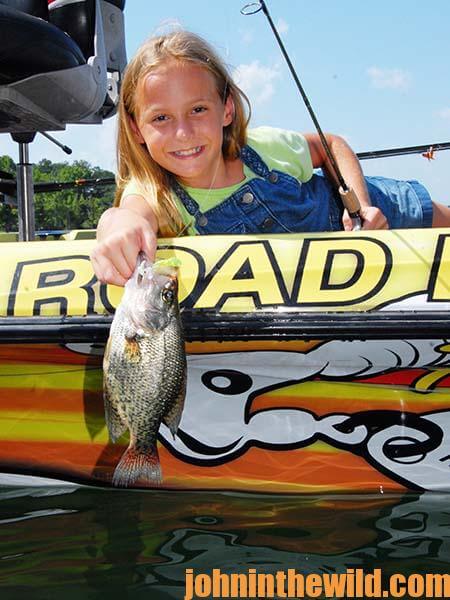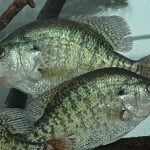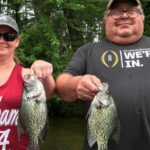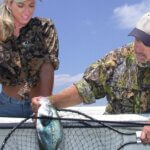John’s Note: Gifford “Sonny” Sipes of Moody, Alabama, has been crappie fishing for over 50 years. Sipes fishes the Crappie Masters (www.crappiemasters.net) tournament circuit, has won the National Crappie Fishing Championship in 2004, was Angler of the Year in 2008 and won the Alabama Crappie Fishing Championship in 2013. He primarily guides on Logan Martin Lake, Neely Henry Lake and the Alabama River in central Alabama, but as a tournament crappie fisherman, he travels all over the nation finding and catching crappie.
One of the reasons that I suggest using a Bushnell BackTrack HuntTrack GPS (http://www.bushnell.com/all-products/gps/hunttrack) is that it’s easy to set-up.
Once you’ve found the deep-water crappie spots you want to fish and marked them as waypoints on your GPS, when you return to your lake house you can plug the BackTrack HuntTrack into your computer, go to Google Earth (http://www.google.com/earth/index.html) and see where up to 25 waypoints are located on the map. You can see Solunar weather, barometric pressures, altitudes, temperatures and a digital compass. You can see the path you took to get to each one of your crappie hot spots and get the longitude, the latitude and the temperature during your trip. You get all of this information from this simple and easy-to-use small hand-held GPS receiver.
“One problem associated with fishing open water and deep-water crappie hot spots in the summer is boat traffic from boaters, jet skiers and other fishermen.” Gifford “Sonny” Sipes says. “However, to dodge this traffic, you can fish these spots at night when there is little or no boat traffic. You 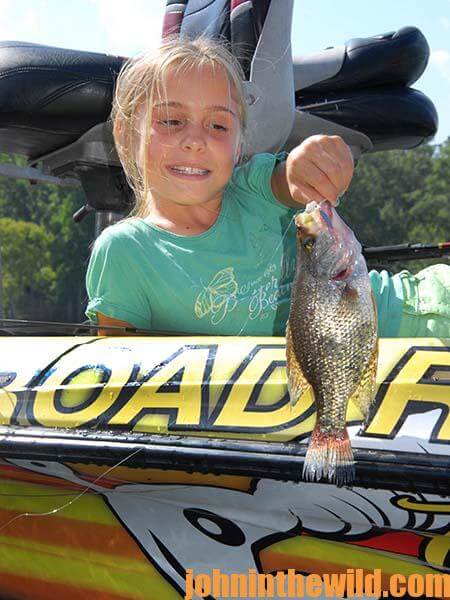 can use floating lights, underwater lights or lanterns held just above the water to attract microorganisms that baitfish feed on, and the crappie will be attracted to the baitfish. Don’t forget that crappie move up and down in the water column, not only throughout the day but also during the night. For instance, when you first start fishing, the crappie may be concentrating near the bottom, but the later you fish, the more likely the crappie are to move closer to the surface. When fishing all night long, we often catch crappie within a few feet of the surface. The fishing can be just as good, if not better, at night as it is in the daytime.” Sipes also recommends that you almost always can catch crappie around bridge pilings. Baitfish congregate around bridge pilings that offer vertical structure from the bottom all the way to the surface, and the crappie can move up and down on the edge of this bridge pilings. “Most of the time, the best bridge pilings to fish at night will be right on the edge of the creek channel,” Sipes reports.
can use floating lights, underwater lights or lanterns held just above the water to attract microorganisms that baitfish feed on, and the crappie will be attracted to the baitfish. Don’t forget that crappie move up and down in the water column, not only throughout the day but also during the night. For instance, when you first start fishing, the crappie may be concentrating near the bottom, but the later you fish, the more likely the crappie are to move closer to the surface. When fishing all night long, we often catch crappie within a few feet of the surface. The fishing can be just as good, if not better, at night as it is in the daytime.” Sipes also recommends that you almost always can catch crappie around bridge pilings. Baitfish congregate around bridge pilings that offer vertical structure from the bottom all the way to the surface, and the crappie can move up and down on the edge of this bridge pilings. “Most of the time, the best bridge pilings to fish at night will be right on the edge of the creek channel,” Sipes reports.
To learn more about this unique system of finding and catching crappie, contact Sipes at 205-919-0982, 205-640-5299, or jinson3303@yahoo.com.
To learn more about crappie and how to fish for them from the masters of the sport, click here for “Crappie: How to Catch Them Spring and Summer.” Also, you can learn more about crappie fishing from the Reelfoot Lake pros by purchasing the Kindle eBook, “Reelfoot Lake: How to Fish for Crappie, Bass, Bluegills and Catfish & Hunt for Ducks” by John E. Phillips. “Click here to get these books.”
About the Author
John Phillips, winner of the 2012 Homer Circle Fishing Award for outstanding fishing writer by the American Sportfishing Association (AMA) and the Professional Outdoor Media Association (POMA), the 2008 Crossbow Communicator of the year and the 2007 Legendary Communicator chosen for induction into the National Fresh Water Hall of Fame, is a freelance writer (over 6,000 magazine articles for about 100 magazines and several thousand newspaper columns published), magazine editor, photographer for print media as well as industry catalogues (over 25,000 photos published), lecturer, outdoor consultant, marketing consultant, book author and daily internet content provider with an overview of the outdoors. Click here for more information and a list of all the books available from John E. Phillips.


